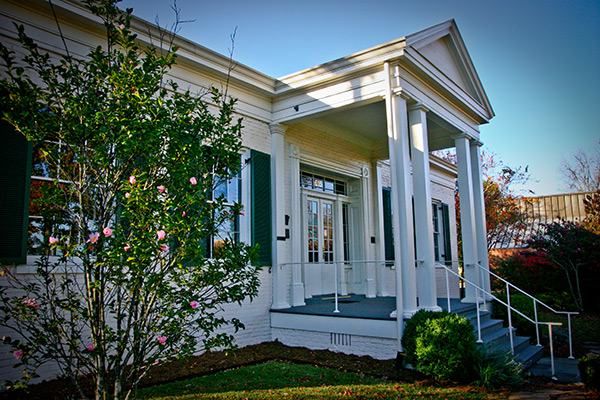The QQA Chronicle: 2nd Quarter, April 2023
April 1, 2023 The QQA Chronicle for the 2nd Quarter of 2023 is available here.
Mission: To preserve Greater Little Rock's historic places. We accomplish this mission through advocacy, education, and marketing. Historic preservation is more than saving old buildings; it is a means of revitalizing neighborhoods, containing urban sprawl and returning life to historic places.
We serve our members, residents of historic areas of greater Little Rock, as well as realtors, developers, and businesses.
The QQA has spent over 50 years advocating for historic preservation in greater Little Rock. The QQA advocates at the local, state and federal level for preservation incentives that encourage adaptive reuse of historic structures; The QQA offers a wide range of programs and services to help property owners and others interested in historic preservation in the Little Rock area; and The QQA hosts a variety of events throughout the year, including our famous Spring Tour.

Built in 1842, Historic Curran Hall is the city’s only antebellum home open daily to the public. It houses the official Little Rock Visitor Information Center and is the Mayor’s Reception Hall. Managed by the Quapaw Quarter Association, Curran Hall welcomes weddings, bridal parties, photography sessions, meetings, intimate gatherings, receptions, sit-down dinners and buffets, hosted both inside the lovely historic home and on beautifully landscaped grounds maintained by the Pulaski County Master Gardeners.
Learn MoreApril 1, 2023 The QQA Chronicle for the 2nd Quarter of 2023 is available here.